Louisville leaders say violence reduction strategy falling short in key areas
Louisville has used a violent crime reduction strategy called "Group Violence Intervention" for 2.5 years. Leaders say it is working, but not as well as it could be.

According to the Louisville Metro Police Department, 2022 was the third-deadliest year in Louisville’s history.
There were 160 homicides last year, a 150% increase from 2012 when the Metro finished the year with 64 homicides.
Kenneth Forbes Sr. says the community has become desensitized to violent crimes. He lost his son Kenny Jr. in December 2012.
“He had a wonderful life…he had a lot of support," Forbes said. "He graduated from high school. He actually played football ever since he was six years old."
Kenny Jr. was 19 years old when he was killed in the parking lot behind Liquor World off of Dixie Highway in Shively.

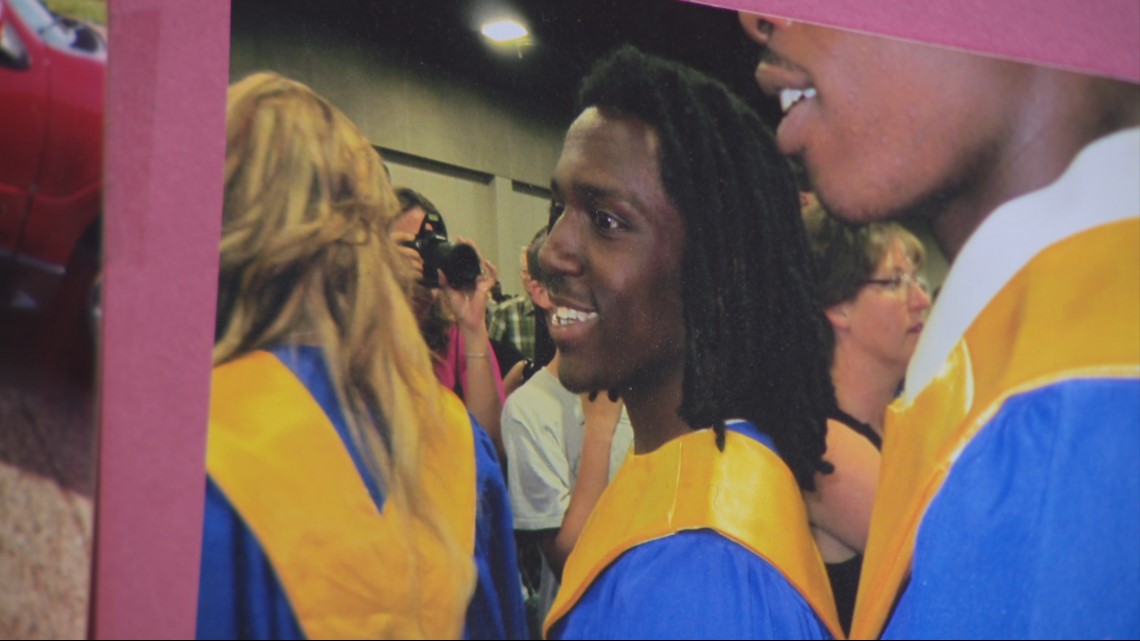
In February, Forbes joined FOCUS Investigator Travis Breese at the scene of where his son had died more than a decade ago.
“For a father, and a man that’s been so strong in the community…been strong with his family. And at that moment…it's all taken away from you in a matter of seconds,” Forbes said.
Forbes turned to his faith after Kenny Jr.’s death. He said he needed to be strong for the people around him, like his other sons and his mom.
The experience led Forbes to start a support group for other grieving families: Moms of Murdered Sons and Daughters of Kentucky (MOMS).
“When your faith is diminished, you don't even think about all hopes or getting better. And that’s where you stay: in a bed of sorrow, grief, depression," he said. "And I didn’t want to do that."

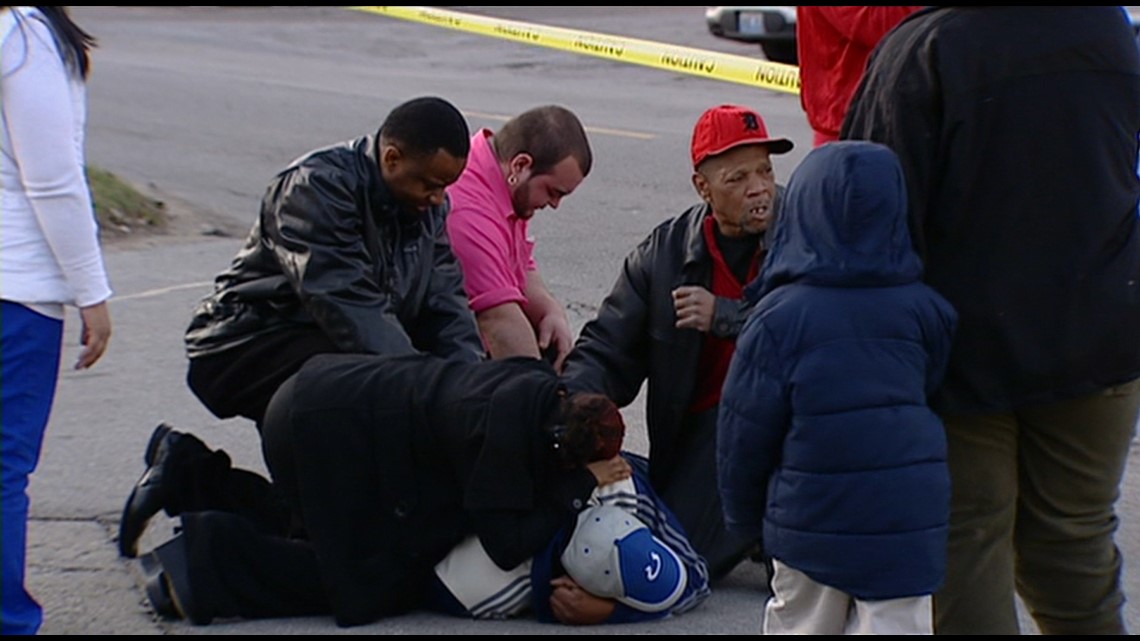
What is Group Violence Intervention? 'A right to be safe'
Since September, Forbes has been the voice of community impact at two meetings of Louisville’s Group Violence Intervention (GVI) program.
GVI is a strategy used around the world to fight gun violence. It was first used in Boston in the 1990s and is now used in over 50 cities worldwide.
The strategy was born out of the National Network for Safe Communities (NNSC) at John Jay College in New York.
It's designed to have direct contact with the small number of violent group members that are responsible for the majority of shootings.
“We're not going away," Forbes said. "I want the shooters and whoever is involved in these horrific murders to understand that we're not going away."
Last month, FOCUS looked into what authorities know about the roughly 20-25 gangs in Louisville. Paul David Smith, a researcher at John Jay who has helped implement GVI in Louisville, said that's the crux of the conversation.
“Letting folks know that they’re not anonymous, they are on the radar, and violence will not be tolerated,” he said.
A main tenant of GVI is that “everyone has a right to be safe and free in their community.”
Another goal of the program is not to over-police certain communities, but rather use focused deterrence and get to the root of the problem.
The NNSC has claimed massive successes for GVI, including a 63% monthly reduction in youth homicides in Boston between 1996 and 1998.
Closer to Kentuckiana, Cincinnati launched a GVI-influenced program in 2007, and three-and-a-half years later, the city reported a 41% decrease in group-member-involved homicides.
“It takes a while to get this going because you’re talking about paradigm shifts all the way around,” Smith said.

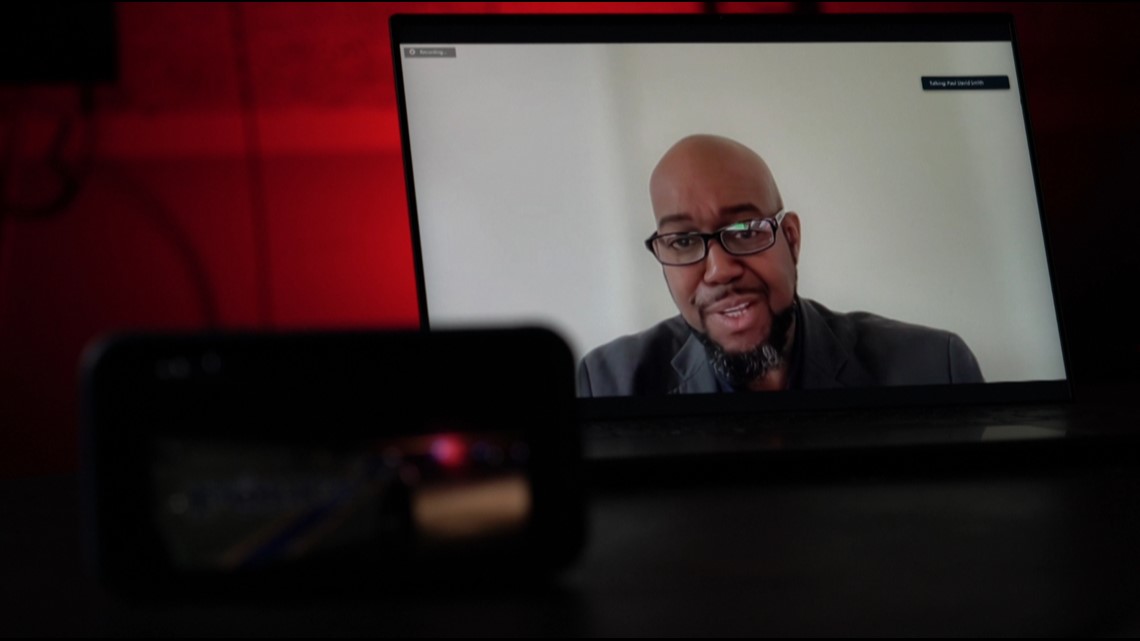
'Not operating optimally.' Years later, how is GVI in Louisville?
This March marks two years and five months since former Mayor Greg Fischer launched a GVI program in Louisville.
As a new mayor takes over the program, FOCUS dug into where the program is succeeding and where it is falling behind other cities.
The NNSC says success for GVI should be measured in shooting statistics like homicides, nonfatal shootings, and the number of shooting victims.
All three of those numbers increased in the first year of GVI and then decreased in the second year to varying degrees.

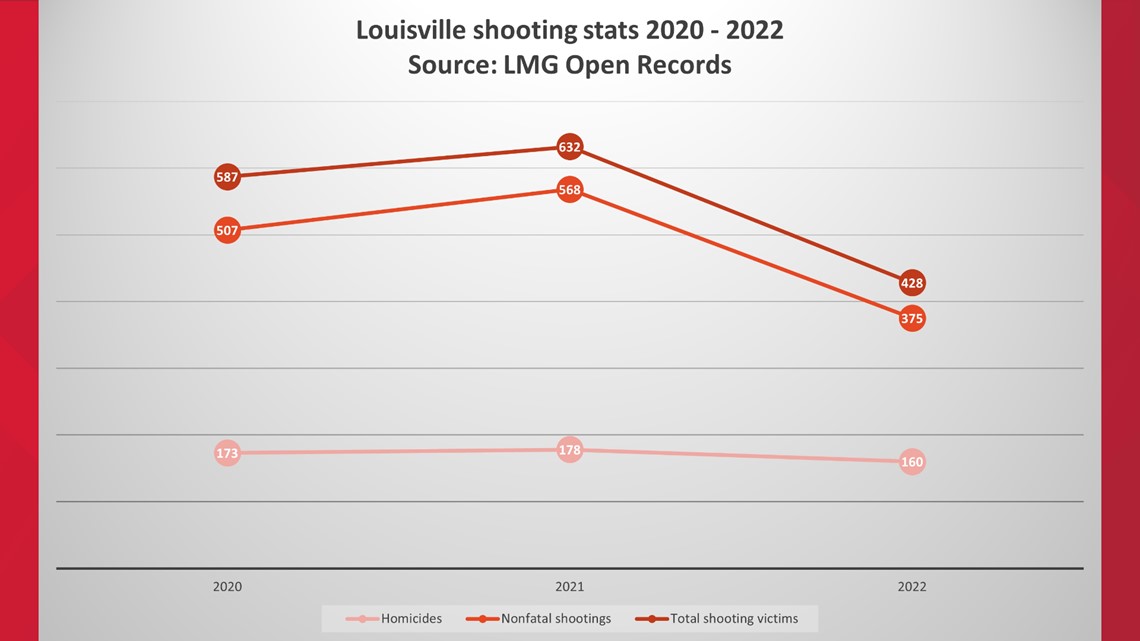
While these stats are trending in the right direction, people in Louisville’s GVI program say there are some frustrating logistical issues with the program.
“It is simultaneously fully operational, and not operating optimally,” Josh Crawford, who is on Louisville’s GVI governance committee, said.
Crawford, who also serves as head of the Board of Directors for Chris 2X Gamechangers, said one of the main hurdles for GVI thus far has been the frequency and attendance of “call-in” meetings.
What are call-ins? And why aren't more violent offenders participating?
A "call-in" is a meeting at a neutral location where city leaders, the police chief, county prosecutors, and victims’ families speak to former criminals on probation or parole.
The idea behind it is to convince former gang members to reform once their monitored release is over and have the offenders spread the city’s anti-violence message to people still involved in gang activity.
“After that call-in, that sends the message to the streets that LMPD, the community, and service providers are coming together to focus on those at the highest risk,” Smith said.
It took Louisville 15 months to hold its first call-in after the program launched in October 2020.
Since then, there have been a total of three call-ins, well behind the NNSC’s recommendation of four call-ins per year.
“We say one call-in per quarter if [cities] have the capacity for it,” Smith said. “With Minneapolis and Louisville being the epicenter for police legitimacy going out the window, I have to commend Louisville for pulling together."


Crawford says theoretically the city could hold fewer call-ins, but more attendees would be needed.
“Whether you have 10 call-ins with six people or five call-ins with 12 people each, it doesn’t matter," he said. "We’re doing neither."
According to an open records request sent to the FOCUS team, there was one former offender at the first call-in meeting and seven at the second.
There were “between 5-10” former offenders at the most recent call-in on Feb. 21, 2023, according to Mayor Craig Greenberg’s press secretary Kevin Trager.
That would make the combined attendance of former offenders between the program's three call-ins between 13-18. In comparison, officials with the GVI program in Miami-Dade County say they have had meetings with “offenders in the double digits."
Legal interpretation holds back offender participation
The Kentucky Department of Corrections (DOC) says a 2020 Kentucky Supreme Court case, Commonwealth v. Jennings, limits the conditions of release for an offender. It must be “limited, focused, and rationally-related” to their conviction.
That means only an individual on probation for a “gang-related crime” could be mandated to attend a call-in without a court order.
Similarly, the DOC could only mandate a parolee on supervision for a gang-related crime to attend if they were identified by GVI partners in Jefferson County.
The DOC defines “gang-related crime” as anyone convicted under Kentucky’s Gang Violence Prevention Act statutes – KRS 506.120 or KRS 506.140. Those laws are only five years old and are rarely used to convict violent offenders. As such, no one has yet been mandated to attend a call-in in this way.

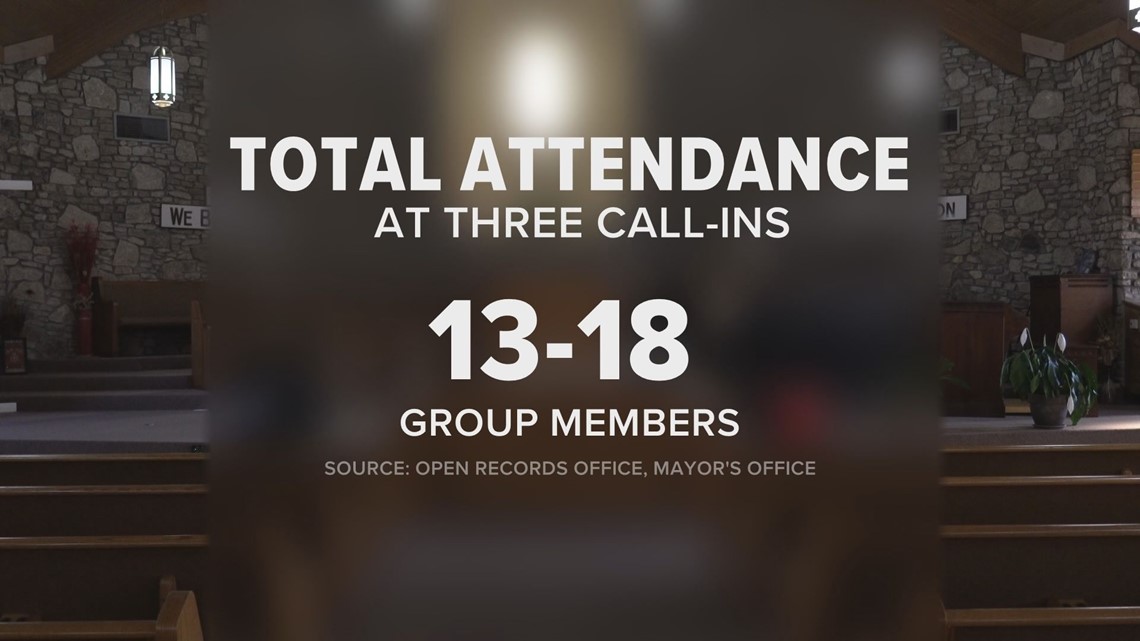
In an email, DOC Director Cookie Crews said GVI originally asked for a "very long list" of offenders to attend the call-in meetings. Crews said many on the list weren't charged with one of the two gang-related criminal charges.
"We told them we could not legally do that, and we have been working with them on solutions," she said. "These included offering to host call-in meetings at one of our Probation and Parole offices and inviting GVI partners to enter any of our prisons to talk directly with inmates who will be released to Jefferson County."
Commonwealth Attorney Tom Wine’s office spoke with WHAS11 over the phone, but declined a follow-up in-person interview “until [the office had] more clarity on the situation with Kentucky Corrections and Probation and Parole.”
Smith, with National Network for Safe Communities (NNSC), said virtually no other cities have this legal conundrum when it comes to call-in attendance.
“In all other cities the individuals who are called in; they're on probation or parole. And they are ordered to be at the call-in by their [probation officer]," he said. "[They would] mandate them to, you know, ‘Instead of meeting me in my office, you're going to meet me at this call-in spot.’”
Is this issue common for GVI programs?
The GVI program in Baltimore, called Gun Violence Reduction Strategy, told FOCUS it has an easier time requiring call-in attendance.
“It is different for us here," Jeremy Biddle, special advisor to the Baltimore Police Department and civilian director for the program, said.
Biddle says Maryland's Department of Public Safety and Correctional Services doesn't have requirements around prior conviction under gang laws.
"As long as someone is on probation or parole, regardless of the crime, they can be compelled to attend as a condition of their supervision,” he said.
The Kentucky DOC did not respond to our question as to why Kentucky was a special circumstance in this way.

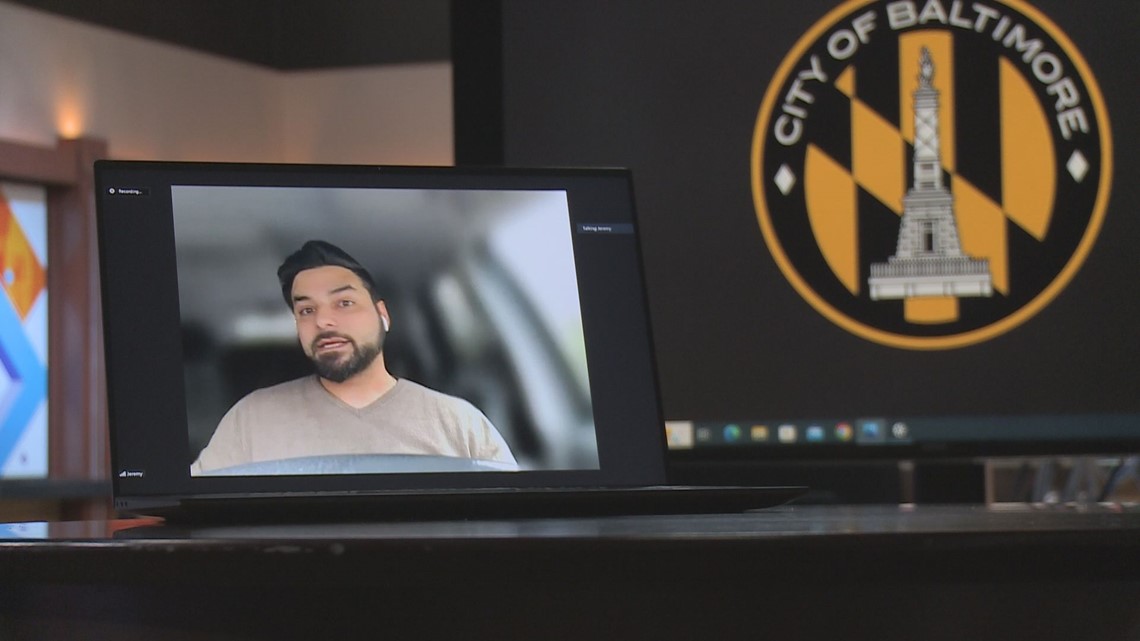
To avoid this legal situation with the state's DOC, Commonwealth Attorney Tom Wine, and other GVI representatives have met with circuit court judges and asked them to require call-in attendance through a court order in certain cases.
Wine referred to this as a "workaround," saying it's solving many of the attendance problems. However, it is only applicable to people with upcoming court dates.
It also appears to be a step no other city has to take, as the Baltimore program is able to add attendance as a condition of release without a court date.
According to information shared in an October 2022 Public Safety Committee meeting, and information from Crawford, roughly five people have been mandated to attend in this way.
The others attended voluntarily after Probation and Parole officers went with GVI members to their homes and strongly encouraged them to go.
Crawford believes the most recent call-in, on Feb. 21, was the most effective to date, and he is optimistic about future call-ins.
Door-to-door techniques 'We're preventing people from being shot.'
Mayor Craig Greenberg’s administration has agreed that call-ins are not as effective as they could be.
“I am not satisfied with the attendance at call-ins,” Deputy Mayor for Public Safety David James said. “In a perfect world, I would like to see the call-ins be more effective.”
However, one thing that James points to as a success of the program is the "custom notifications."
A custom notification is when a small group of about four people goes door-knocking at individuals’ homes who are at “the highest risk” of violence.

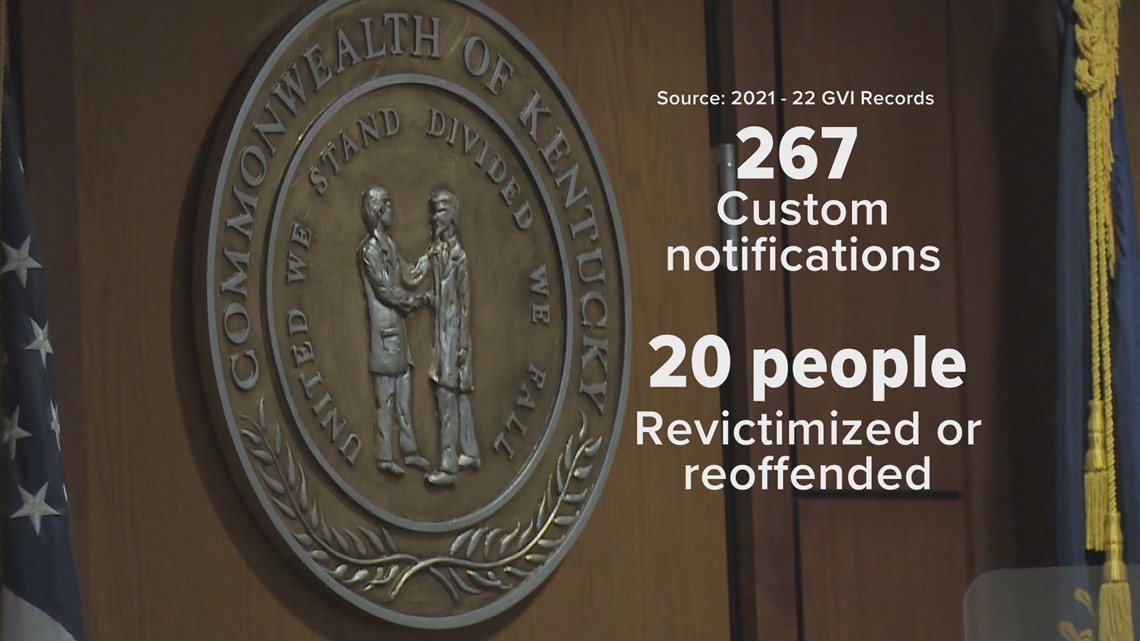
These "high-risk" individuals could be associated with recent victims and may be a future target of shootings, or they are people who might retaliate to a shooting.
“A custom [notification] is us trying to get out in front of people before they actually become perpetrators,” Kim Moore said.
Moore is meant to be a sympathetic figure on the visits. She's joined by one or two LMPD officers and a local preacher or another faith-based figure.
The group goes and meets with the individuals and tells them the Office of Safe and Healthy Neighborhoods (OSHN) will be coming within the next 48 hours to offer social services.
If the people they meet with become involved in violence after the custom notification, LMPD is supposed to return in an enforcement role.

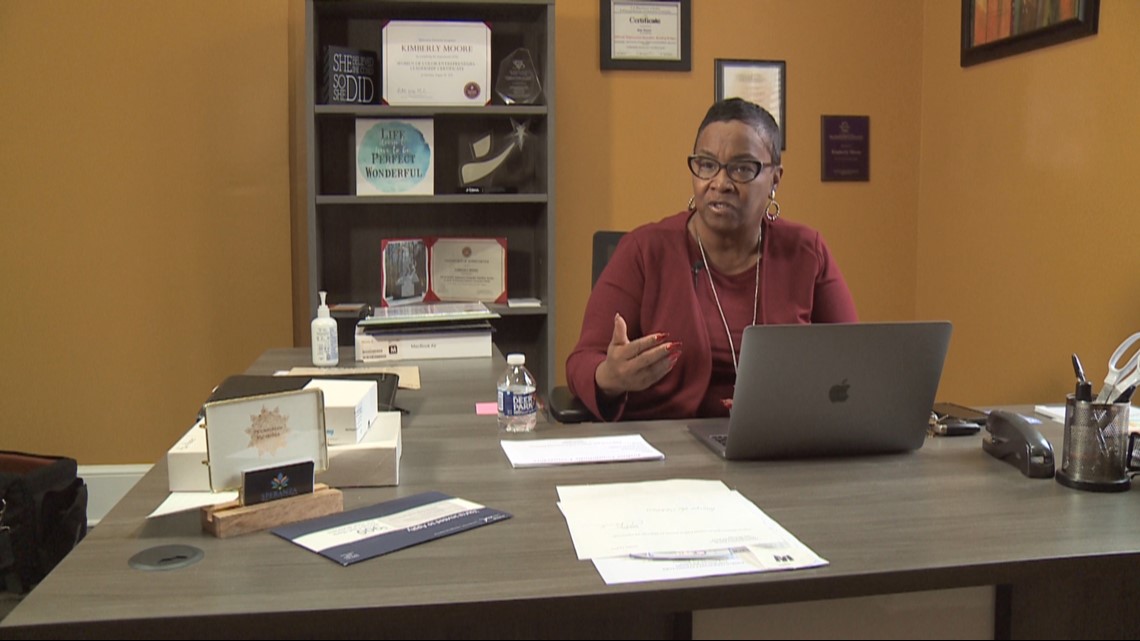
Between 2021 and 2022, Louisville’s GVI program has done 267 custom notifications. The city says out of those, only 20 people have been revictimized (been shot at again) or reoffended after their visit.
“We’re preventing people from being shot. The ultimate goal is to prevent gun violence. So, if that is retaliatory gun violence, or proactive gun violence – attacking somebody—if we prevented that from occurring, then I consider that successful,” James said.
The city was not able to provide more detailed numbers about what percent of custom notifications went to people that could be future victims, versus notifications to people that could be future perpetrators.
Reorganizing the program Future of GVI under Mayor Greenberg
According to Deputy Mayor James, Louisville's GVI program is under a "reorganization right now."
He said they are having conversations with each of the partner agencies and discussing how to improve the program.
James believes coordination with other law enforcement agencies, both local and federal, and Jefferson County Public Schools can be greatly improved.
“How we do that is what we’re in the process of doing right now," he said. "We’re on a listening tour, talking to all the members and finding out the opportunities for improvement and then finding how we can make those improvements."

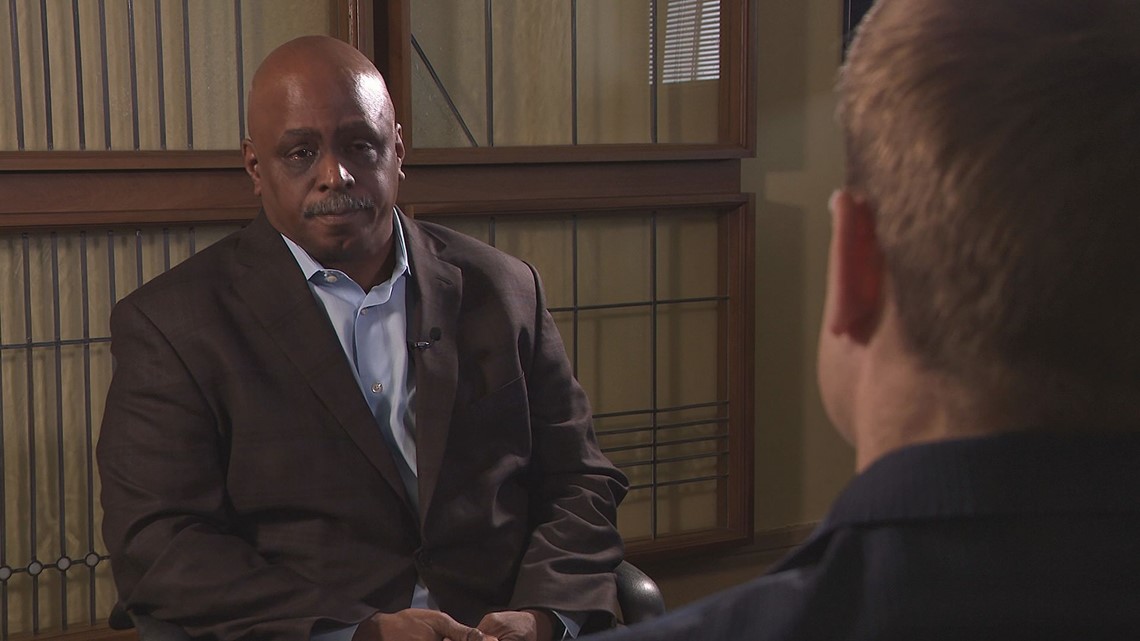
One thing Biddle says the Baltimore program has learned in three iterations of GVI is not to call it a “program,” but more so a “strategy”.
Biddle said implementing GVI should transform every agency’s understanding of how to fight crime.
“For this strategy to work, you cannot look at it as a program, or a boutique project,” he said. “It’s a different way of doing business and characterizing it as anything other than that is –to be honest—it’s problematic.”
Crawford says the city is heading in a positive direction now, "but the trajectory hasn’t been what it needs to be."
Kevin Trager, the mayor's press secretary, denied WHAS11's request to speak to Louisville’s Civilian Director for GVI Dondre Jefferson. Trager set up an interview with David James instead because “Dondre reports to him.”
The FOCUS team was able to speak with Jefferson through the Open Records Office, as he helped supply statistics for this story.
Make it easy to keep up-to-date with more stories like this. Download the WHAS11 News app now. For Apple or Android users.
Have a news tip? Email assign@whas11.com, visit our Facebook page or Twitter feed.

